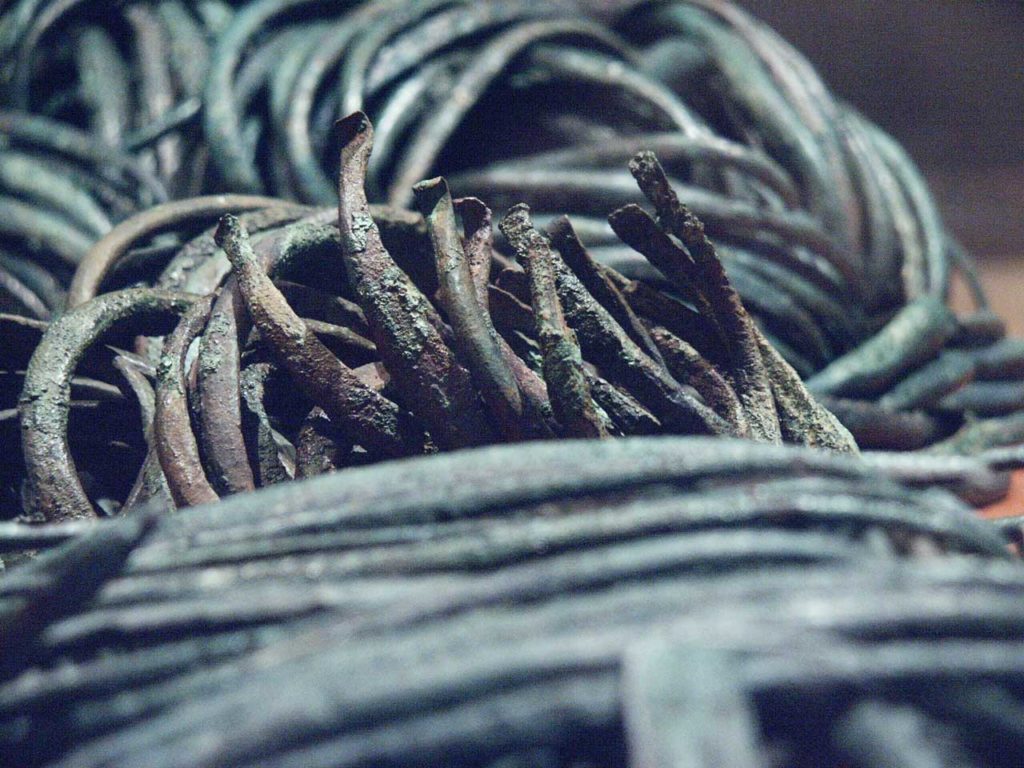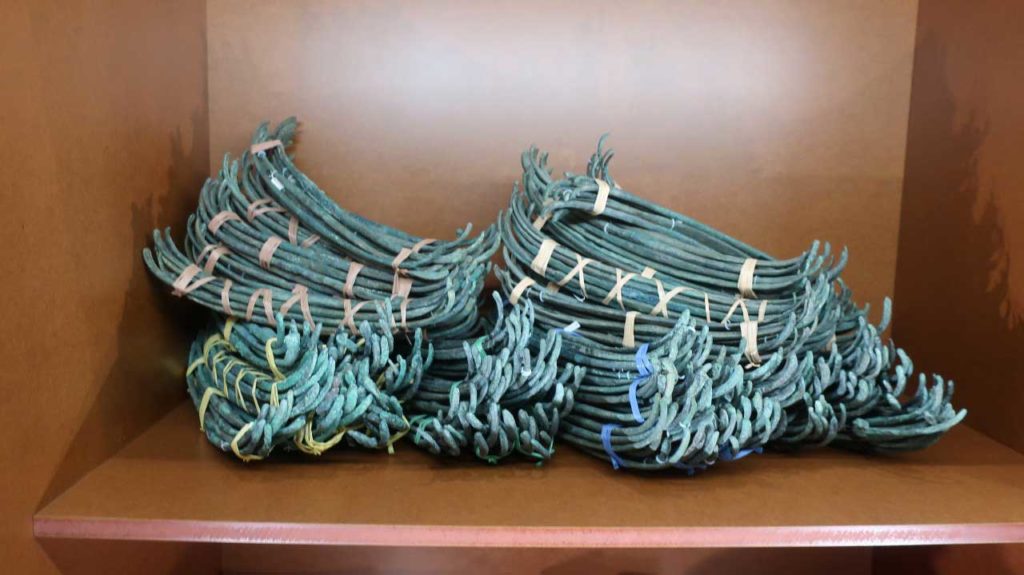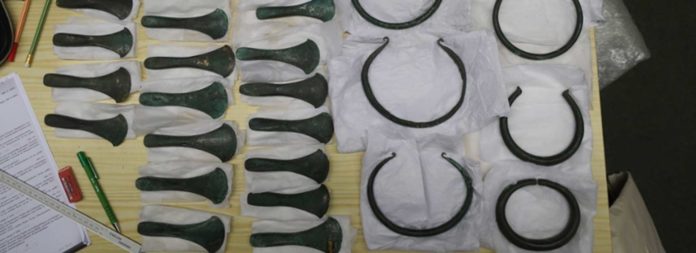The origins of money and the formulation of coherent weight and measurement systems are among the most significant prehistoric human intellect developments. It is difficult researching the first use of money because there are often no written sources, and prehistoric people did not have precise weighing methods.
In a new study by Leiden, archaeologists discover an early form of money from Prehistoric Central Europe. They found that people in the Early Bronze Age used bronze artifacts as currency. The artifacts include bronze rings, ribs, and axe blades that were roughly standardized in their shape and weight.
Maikel Kuijpers, assistant professor of European Prehistory, said, “It was even the earliest form of money in Europe north of the Alps. This has been shown by our research on over 5,000 collars, rings, axes, and ribs, all of which are museum artifacts from the Early Bronze Age that have been found in Central Europe.”

“Archaeologists have previously studied whether these objects were used as money, but the findings were often unclear. We know that objects could only serve as money, or ”commodity money” as we call it if they were very similar in shape and weight. But a standard statistical approach isn’t very effective because it’s too precise. There are no clear indications of weighing scales in this area until hundreds of years later. So, we have to assume that people in the Early Bronze Age weighed things by hand.”
Scientists also developed an approach to whether people could tell the difference in weight between the various rings, axes, and ribs as these objects were made in such a way that it was impossible to distinguish among them in terms of weight or shape.
Kuijpers explains, “Of the more than 2,500 bronze rings, for example, seventy percent feel identical to a ring of 195 grams. This is a really strong indication that we are looking at an early form of money.”

“The same applies to the bronze ribs and, to a lesser extent, also to the axes. It’s a bit like euros today having different images on them, but otherwise equivalent to one another. You could say that what we have here are the earliest euros.”
“The similarities we have seen with these artifacts are to some extent due to the material itself: bronze. Using a material like bronze, you can cast objects in a mould and copy them easily, unlike objects made of stone. This material dimension of cognition is the next question we’ll be looking at.”
Journal Reference:
- Kuijpers MHG, Popa CN (2021) The origins of money: Calculation of similarity indexes demonstrates the earliest development of commodity money in prehistoric Central Europe. PLoS ONE 16(1): e0240462. doi:10.1371/journal.pone.0240462
